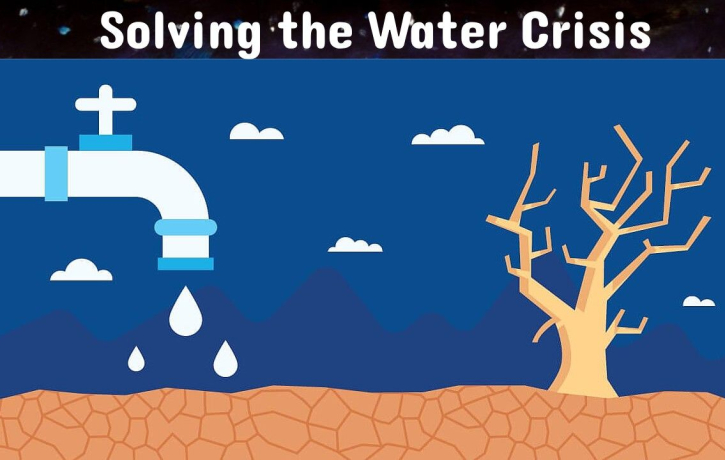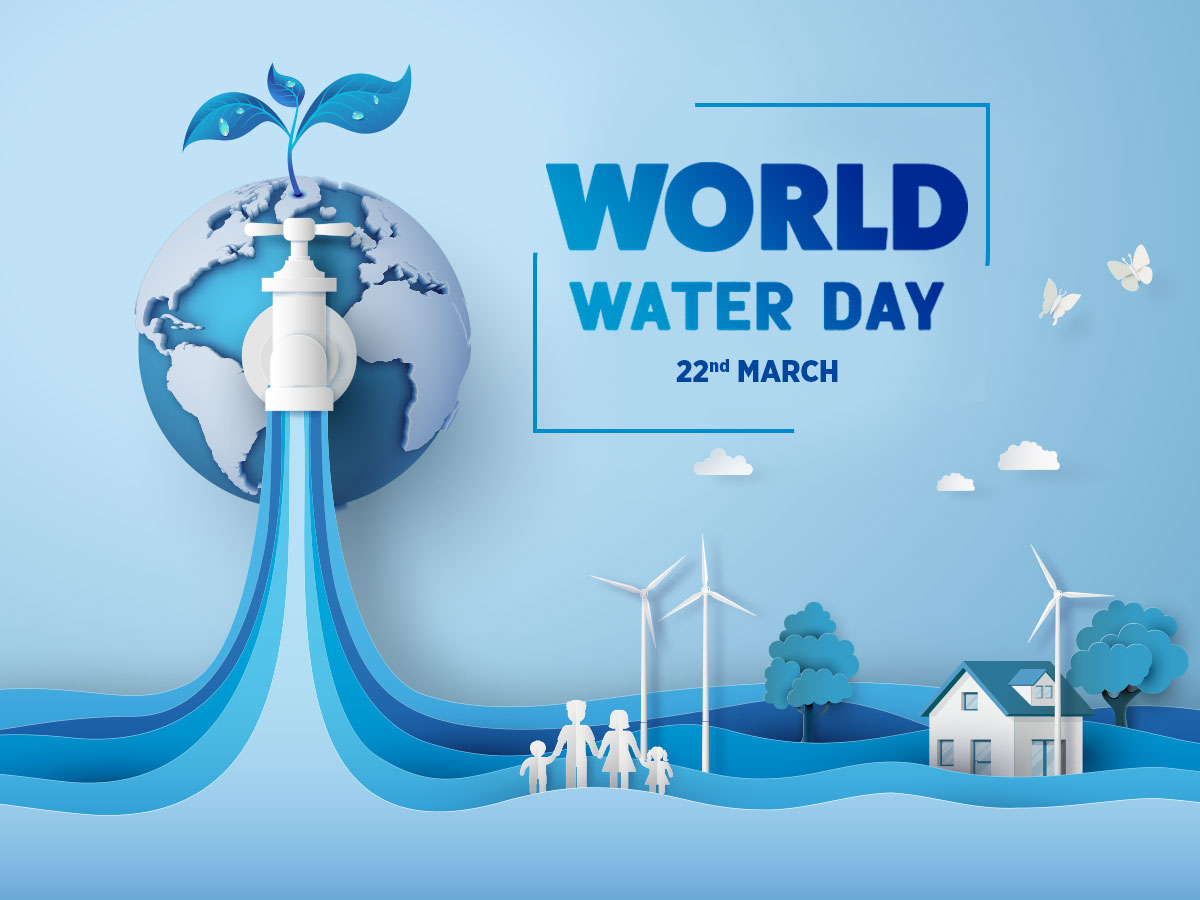Water Scarcity: Understanding the Crisis and Potential Solutions
Water Scarcity: Understanding the Crisis and Potential Solutions
Solving the Water Crisis is essential to life, yet for billions of people around the world, access to clean and safe water remains uncertain. Water scarcity—the lack of sufficient available water resources to meet the demands of usage—is one of the most pressing global challenges of our time. It affects health, agriculture, industry, ecosystems, and the overall stability of communities and nations.
Understanding the causes of water scarcity and identifying sustainable solutions is critical for securing a healthy, equitable, and resilient future.
What Is Water Scarcity?
Solving the Water Crisis scarcity can be physical (lack of natural water resources) or economic (lack of infrastructure to access water). According to the United Nations, over 2 billion people live in countries experiencing high water stress, and by 2025, two-thirds of the global population could face water shortages.
Causes of Water Scarcity
-
Climate Change
Rising temperatures and changing precipitation patterns have led to prolonged droughts, reduced snowpack, and more erratic water availability. -
Population Growth and Urbanization
As cities expand and populations grow, the demand for water for drinking, sanitation, agriculture, and industry increases dramatically. -
Overuse of Water Resources
Excessive irrigation, industrial use, and domestic consumption can outpace natural replenishment, leading to depletion of rivers, lakes, and aquifers. -
Pollution
Industrial waste, agricultural runoff, and inadequate wastewater treatment contaminate water sources, reducing the supply of safe, usable water. -
Poor Water Management
Inefficient infrastructure, outdated policies, and lack of investment in water systems contribute to waste and unequal distribution.
Consequences of Water Scarcity
-
Health Risks: Waterborne diseases, poor hygiene, and lack of sanitation increase.
-
Food Insecurity: Agriculture suffers from unreliable water access, reducing crop yields.
-
Economic Impact: Industries reliant on water—like farming, textiles, and energy—are disrupted.
-
Conflict and Displacement: Water scarcity can lead to tensions between communities and nations, potentially driving migration and conflict.
-
Environmental Degradation: Ecosystems and biodiversity decline when freshwater sources are depleted or polluted.
Solutions to the Water Crisis
-
Water Conservation
Promoting efficient use of water in households, agriculture, and industry can significantly reduce demand. -
Sustainable Agriculture Practices
Techniques such as drip irrigation, rainwater harvesting, and crop rotation reduce water usage and increase productivity. -
Improved Infrastructure
Repairing aging water systems and investing in modern technologies can prevent leakage and ensure better distribution. -
Desalination and Water Recycling
Converting seawater to freshwater and treating wastewater for reuse provide alternative sources in water-scarce regions. -
Protecting Natural Ecosystems
Restoring wetlands, forests, and watersheds helps regulate the water cycle and maintain clean supplies. -
Public Awareness and Education
Teaching communities about the importance of water stewardship empowers individuals to make water-wise choices. -
Policy and Governance
Implementing fair and forward-looking water policies ensures equitable access, conservation incentives, and cross-border cooperation.
What You Can Do
-
Fix leaks and use water-efficient appliances.
-
Collect rainwater for gardening and other uses.
-
Limit water waste by turning off taps when not in use.
-
Support policies and organizations that promote water security and sustainability.
-
Educate others about the value of water and responsible usage.
Solving the Water Crisis is not just a technical challenge—it’s a human one. Water scarcity affects everyone, but especially the world’s most vulnerable. Tackling it requires global cooperation, local action, and innovative thinking.
By rethinking how we use, manage, and value water, we can ensure this precious resource is available for generations to come. Water is life—protecting it is our duty.








